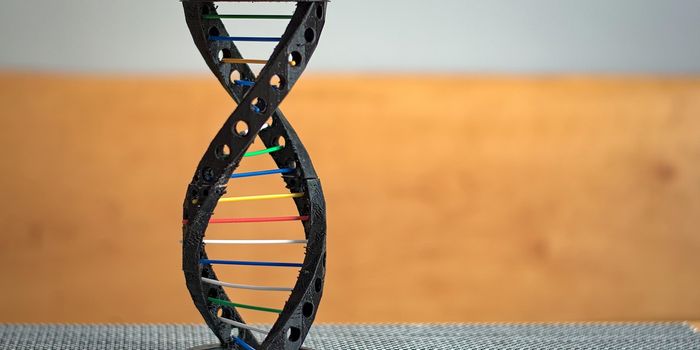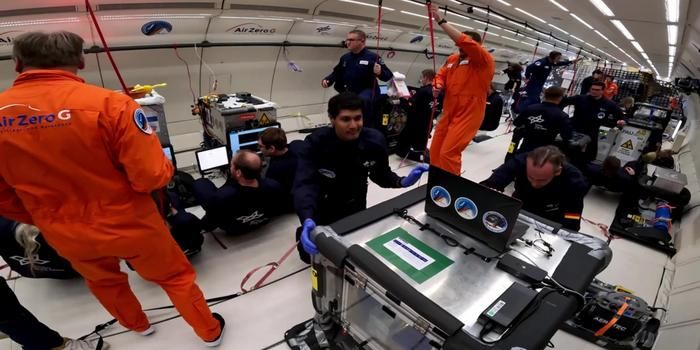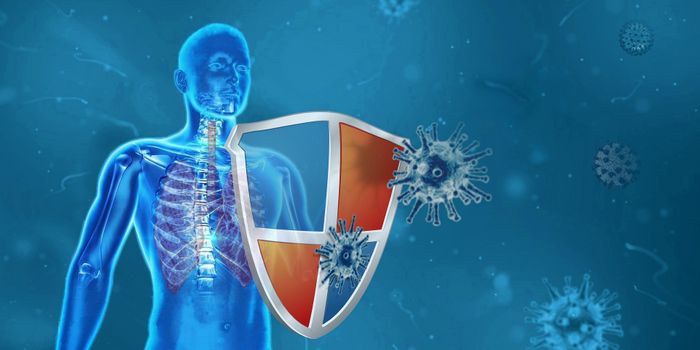Infant's Innate Immune Response
At birth, a fetus leaves a protected environment that is aquatic, warm, and nearly sterile to the cold external world rich in diverse microbes. In this harsh new world, a baby’s immune system must learn from the many microbes, making use of some while guarding against hostile invaders that might harm. It is a critical transition for an individual and sets a precedent for health or disease in the future.
As a fetus, the immune system must develop to target future pathogens that are currently unknown, while not targeting self and maternal antigens and future friendly microbes known as commensals. In the last three months of pregnancy babies are passed antibodies through the placenta from their mother to convey some level of protection at birth, termed passive immunity, but this immunity will decrease in the first few weeks to months after birth. The infant's gut is initially sterile, but during birth bacteria are passed on to the baby and begin to colonize in the gut, helping to contribute to and teach the baby’s immune system. After birth, as they grow and develop, the immune system will continue to develop as well through vaccination, breastfeeding, infection, and environmental exposure to microbes.
The infant immune system has been seen as “immature,” the ability to tolerate self and maternal antigens were attributed to lack of memory within the immune cells. Basically, the immune system didn’t respond to these compounds because it was too immature to know to respond to them. Now, recent studies show that the infant immune system is more likely a highly regulated, functional, and orchestrated network of competent molecular and cellular components. Infant immunity is a “vigilant establishment” that plays pivotal roles in protecting the developing infant from pathologic conditions such as inflammation while providing defense against infection, not an immature system. A recent review in Frontiers in Immunology focused on understanding innate immunity at a mechanistic level in infants to explore this idea of a functional and component system further.
The innate immune response is the first line of defense against foreign invaders. In an infant, innate immune cells will vary in presence and levels at prenatal, birth, and neonatal stages. Of these cells, most are lowered in activity and frequency compared to their adult counterparts. However, the innate lymphoid cells have higher levels of activity and presence during infancy compared to later stages of life and adulthood. The innate lymphoid cells are a type of immune effector cell that plays a crucial role in host defense, metabolic homeostasis, tissue remodeling, repair, and stem cell regeneration. In infants the innate lymphoid cells appear in the early stages of pregnancy and continue to evolve throughout embryo development, allowing them to potentially affect and be influenced by cellular, molecular and environmental factors. Innate lymphoid cells may play roles in microbiome composition and initiation and regulation of the inflammatory response in infants, helping to adapt and contribute to the immune system from infant to elderly. Infants, starting at the fetal stage, must build up their defenses in preparation for exit from the womb into the world of independent living, but their immune system may not be as “immature” as previously thought.
To learn more about the innate immune response watch the video below!









